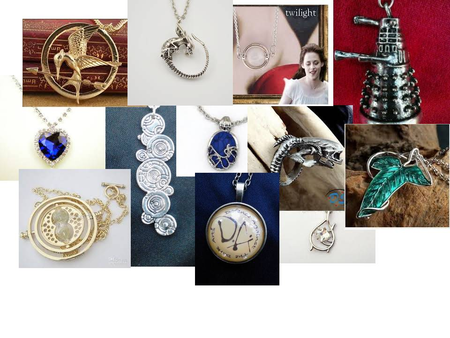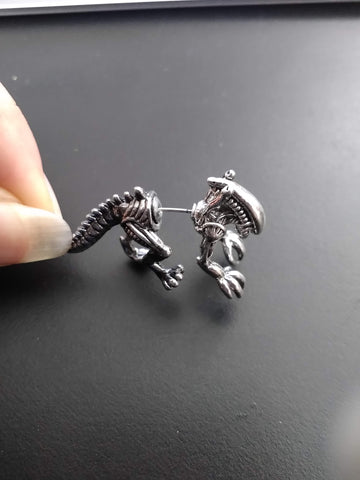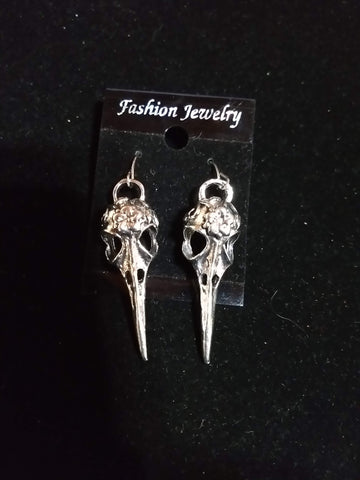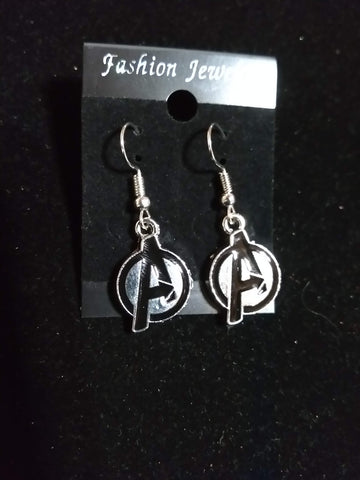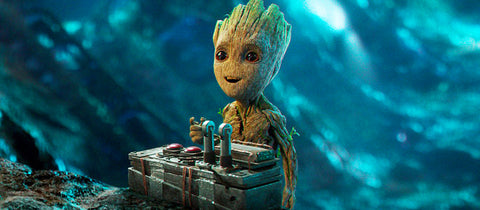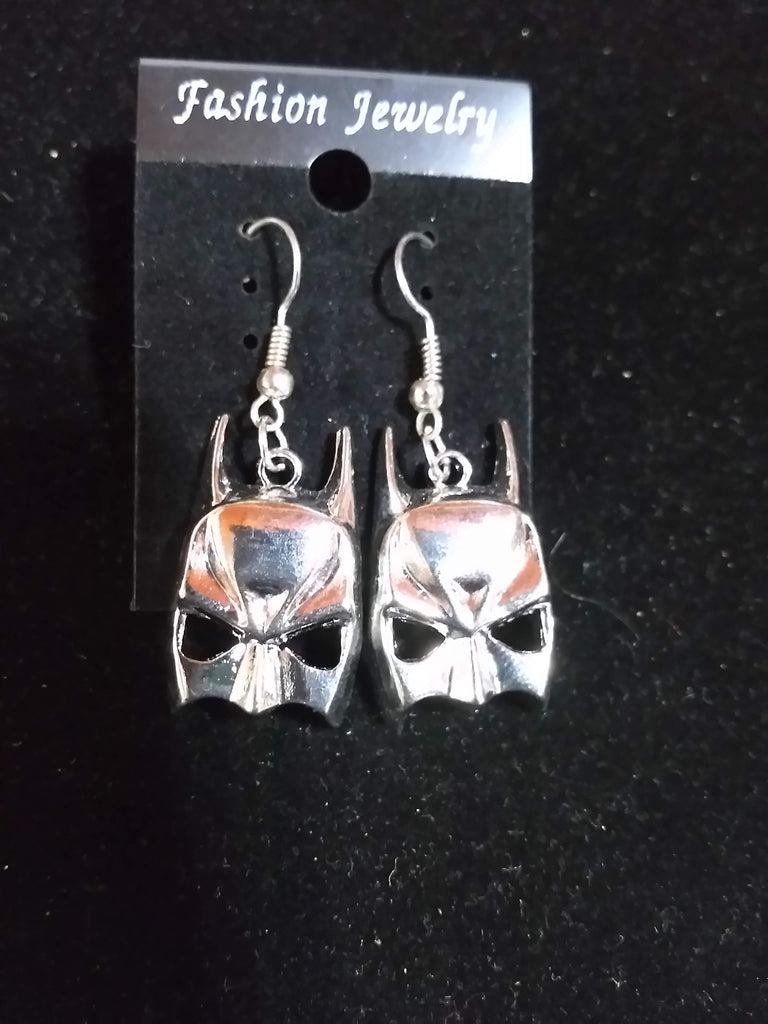
Batman Earrings
In early 1939, the success of Superman in Action Comics prompted editors at National Comics Publications (the future DC Comics) to request more superheroes for its titles. In response, Bob Kane created "the Bat-Man". Collaborator Bill Finger recalled that "Kane had an idea for a character called 'Batman,' and he'd like me to see the drawings. I went over to Kane's, and he had drawn a character who looked very much like Superman with kind of ... reddish tights, I believe, with boots ... no gloves, no gauntlets ... with a small domino mask, swinging on a rope. He had two stiff wings that were sticking out, looking like bat wings. And under it was a big sign ... BATMAN". The bat wing like cape was suggested by Bob Kane, inspired as a child by Leonardo Da Vinci's sketch of an ornithopter flying device.
Finger suggested giving the character a cowl instead of a simple domino mask, a cape instead of wings, and gloves; he also recommended removing the red sections from the original costume. Finger said he devised the name Bruce Wayne for the character's secret identity: "Bruce Wayne's first name came from Robert Bruce, the Scottish patriot. Wayne, being a playboy, was a man of gentry. I searched for a name that would suggest colonialism. I tried Adams, Hancock ... then I thought of Mad Anthony Wayne." He later said his suggestions were influenced by Lee Falk's popular The Phantom, a syndicated newspaper comic-strip character with which Kane was also familiar.
Kane and Finger drew upon contemporary 1930s popular culture for inspiration regarding much of the Bat-Man's look, personality, methods, and weaponry. Details find predecessors in pulp fiction, comic strips, newspaper headlines, and autobiographical details referring to Kane himself. As an aristocratic hero with a double identity, Batman had predecessors in the Scarlet Pimpernel (created by Baroness Emmuska Orczy, 1903) and Zorro (created by Johnston McCulley, 1919). Like them, Batman performed his heroic deeds in secret, averted suspicion by playing aloof in public, and marked his work with a signature symbol. Kane noted the influence of the films The Mark of Zorro (1920) and The Bat Whispers (1930) in the creation of the character's iconography. Finger, drawing inspiration from pulp heroes like Doc Savage, The Shadow, Dick Tracy, and Sherlock Holmes, made the character a master sleuth.
pulled from Wikipedia
